
Want to Convert Excel Spreadsheets to Web Apps?
Sheetcast enables you to convert Excel spreadsheet to web apps directly in Microsoft Office, a tool you already use every day. Sheetcast is affordable, easy to learn, and has hundreds of potential uses (limited only by your imagination).
Read more »
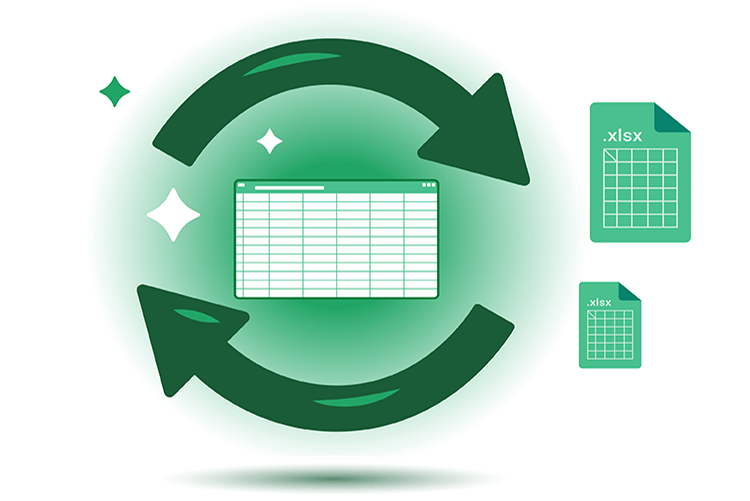
Excel Version Control: End the Nightmare of Multiple File Versions
Excel version control issues cost finance teams hours of cleanup work every reporting cycle. Sheetcast eliminates file versioning problems by converting your spreadsheets into centralized web applications. Your team works from a single source of truth while you maintain complete control over formulas and business logic. Transform your Excel models into collaborative platforms that prevent version conflicts and streamline financial processes.
Read more »

Excel Heroes: Celia Alves
Meet Celia Alves! A former math teacher from Portugal, Celia moved to Canada and, with little Excel knowledge, taught herself the skills to become an internationally recognized Excel MVP. After facing economic challenges, she used Excel to automate processes at work and evolved into a full-time expert. Now, she leads the MS Excel Toronto meetup group, connecting thousands of Excel enthusiasts worldwide and continues to inspire with her passion for learning.
Read more »
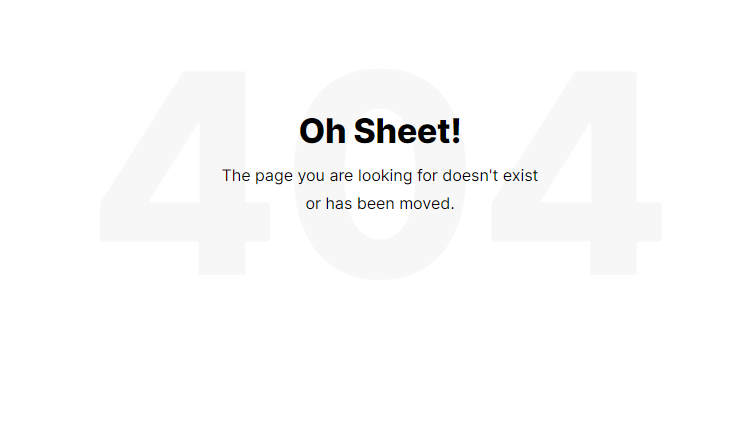
Oh Sheet! Spreadsheet.com Has Officially Gone Offline
There is no going back now. Spreadsheet.com is gone and it is not coming back. So, rather than suffering a long drawn-out search for alternatives and a painful transition process, it is worth giving Sheetcast a try. Transitioning to Sheetcast is surprisingly easy, and affordable.
Read more »

Excel Heroes: Chandeep Chhabra
Meet Chandeep Chhabra! When the Mumbai investment bank where he worked suddenly couldn’t make payroll anymore, Chandeep decided to turn his “Excel expert” side hustle into a full-time career. Despite having little experience and zero Excel credentials, he cold-called his way into a job interview at a major financial services company—and the rest is history.
Read more »

Excel Heroes: Ken Puls
Follow the captivating journey of Ken Puls—from a novice to a renowned expert! Discover how this Excel hero transformed from an accounting supervisor to a global Excel trainer, sharing his passion for automation and unlocking Excel's full potential.
Read more »

Excel Heroes: Gašper Kamenšek
Discover Gašper Kamenšek's journey from college student to Excel MVP. His passion for Excel ignited during Microsoft Office classes, leading to a career shift and a thriving community involvement. Explore his experiences, insights, and adventures, from overcoming toxic work environments to becoming a sought-after speaker. Dive into his love affair with Excel and the ever-evolving landscape of data analysis.
Read more »

Excel Heroes: Alan Murray
Embark on the remarkable odyssey of Alan Murray, in his journey from computer mentor to MVP. Starting with teaching computer basics, Alan's evolution into an Office 365 specialist led to him focusing on Excel and Power BI. Alan discovered his passion for Excel and is now leading the popular London Meetup, fostering a global community of Excel enthusiasts.
Read more »

Bulgaria Excel Days 2024
Sheetcast proudly announces their lead sponsorship for Bulgaria Excel Days 2024, demonstrating their dedication to the Excel Community. Join experts Ken Puls, Gašper Kamenšek, Alan Murray, and others for three days of Excel insights, presentations, and masterclasses. Don't miss Alex Martin of Sheetcast, premiering advanced new functions and workflows. Bulgaria Excel Days 2024 runs April 23-25 in Sofia, Bulgaria.
Read more »

Excel Heroes: Crispo Mwangi
As the only Excel MVP in East, Central, and Southern Africa, Crispo Mwangi stands out as an Excel Influencer, business owner, and host of an MS Excel Forum, making his skills highly sought after. Despite his many commitments, this Kenyan luminary published his latest book, "Excel with PowerQuery and ChatGPT.
Read more »

Advanced Data Visualization Techniques in Web Apps From Excel
If you’ve ever viewed a report or infographic powered by Excel-generated graphics, you recognize that the time-tested spreadsheet application has some powerful tricks up its sleeve in terms of data visualization. Bar charts, pie charts, scatter plots, pivot tables, and more
Read more »

The Evolution of Excel Efficiency with Sheetcast
For decades, Microsoft Excel has been a foundational component in the way global businesses collect, analyze, track, and report data. As powerful and flexible as Excel is on its own, however, it can now also serve as a stepping-off point to something even more dynamic and efficient.
Read more »

Excel Heroes: MrExcel Turns 25
Exactly 25 years ago, in 1998, Jelen published his first in a series of weekly Excel help articles at his brand-new website MrExcel.com (hardcore fans can still read that debut article thanks to the Wayback Machine). Soon afterward, he launched the MrExcel Message Board, an online community for Excel enthusiasts like himself.
Read more »

Co-authoring in Excel: Tips and Pitfalls
For years, Excel users have been able to collaborate on shared workbooks. By making it possible for multiple users to work together on a single file, Microsoft unlocked countless ways to boost efficiency and productivity.
Read more »

Seven Essential Ways to Protect Your Spreadsheet
Too many of us are cautious in our daily lives, but cavalier with the safety and security of our spreadsheets.
Read more »
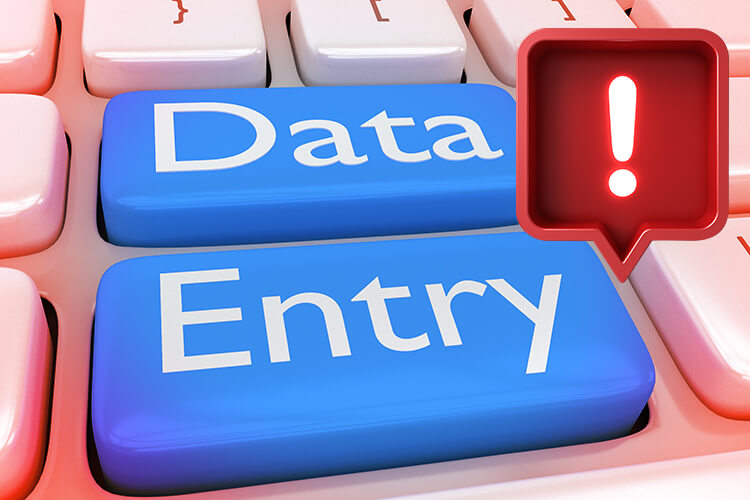
Tips to Prevent Data Entry Errors in Excel
With Excel, your formulas, charts, and reports are only as good as the data you enter. So, if you’re responsible for entering a vast data set, it’s important to minimize the risk for error.
Read more »
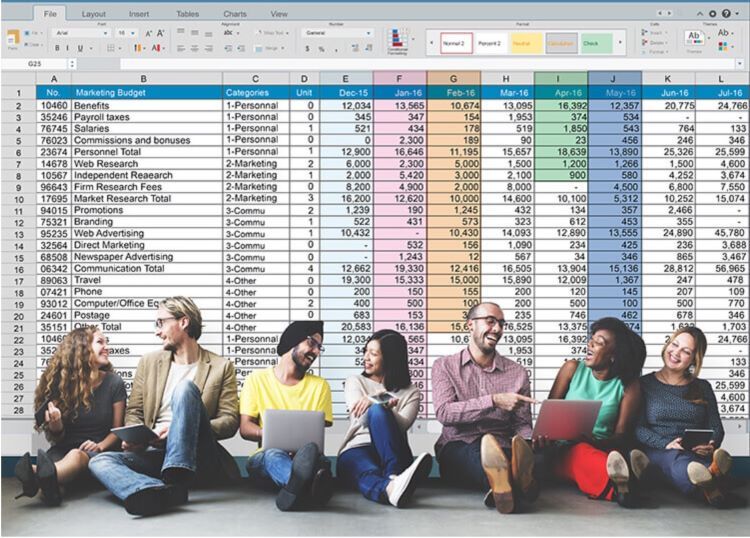
Time for Excel to Evolve: From Spreadsheets To Web Apps
The Necessary Evolution from Excel Spreadsheets to Web Apps. Like many of the greatest technologies of our time, spreadsheets can be our salvation or our downfall – and with great power comes great responsibility.
Read more »

Why Do People Still Use Spreadsheets?
Microsoft Excel debuted on the Macintosh in 1985 and came to Windows in 1987. Three and a half decades later, its name remains virtually synonymous with the very concept of “spreadsheets.”
Read more »

Ten Memorable Excel Disasters
Pretty much anyone who has ever used Excel has a horror story or two to share—a misplaced decimal, a missing minus sign, a botched cut-and-paste, or some other minor blunder with potentially major consequences.
Read more »

How to use forms in Excel … plus something better
Excel forms have improved my life. Now, I know there’s something even better (stick around to the end of this tutorial).
Read more »
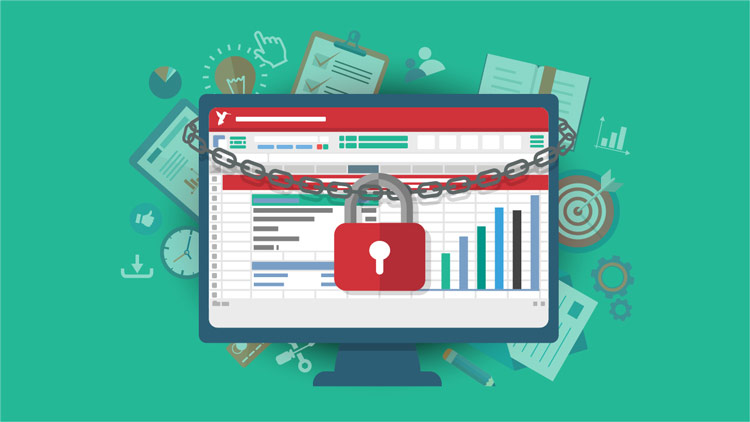
Do You Use Any of These Five Excel Features? If So, Try Sheetcast
Maybe you’re a bit of an Excel guru. Your workmates frequently marvel at your ability to get the most out of the app, employing functionality they never even knew existed.
Read more »

Excel Heroes: N-nyiimock Bitanyanmi
N-nyiimock Bitanyanmi is a welcome and familiar face in the online Excel community, where he often goes by the name Justice. Behind his enthusiasm, knowledge, and eagerness to learn, however, lies a surprising fact: until he was almost an adult, he had rarely laid hands on a computer.
Read more »
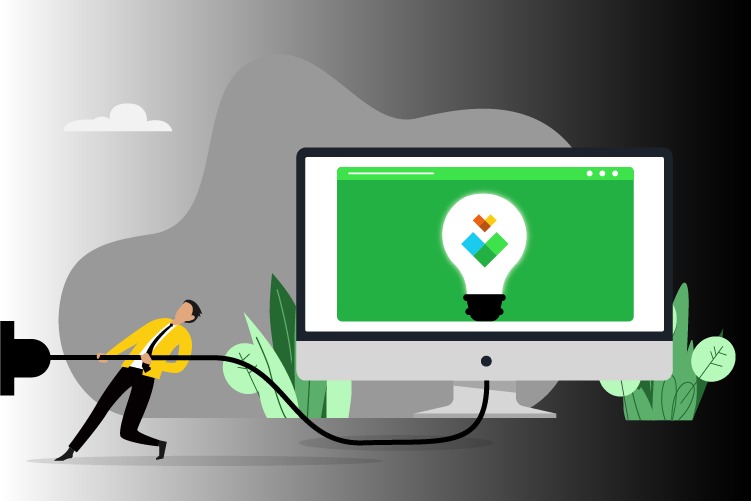
Customers Scramble for Alternatives as Spreadsheet.com Shuts Down
With Spreadsheet.com closing its doors on May 31, users are actively seeking alternatives. Sheetcast, an Excel add-in, stands out as the top solution, providing advanced capabilities and a seamless transition to reconstruct workflows into customized web apps. Sheetcast provides a smooth solution to Spreadsheet.com's shutdown
Read more »
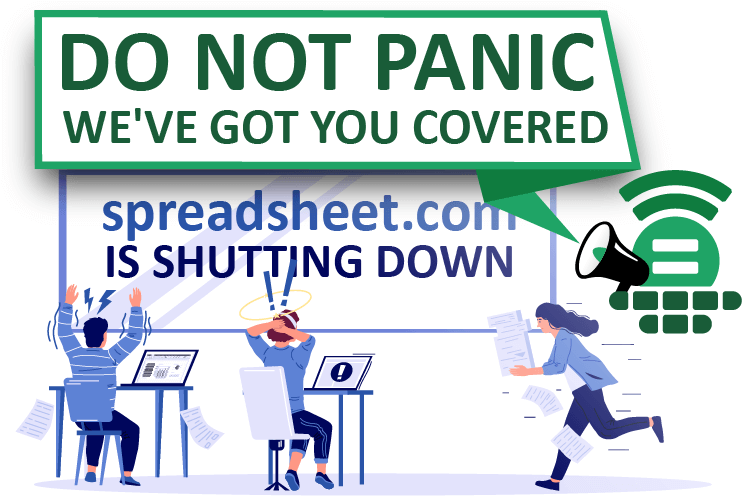
Excel plus Sheetcast as Your Ultimate Spreadsheet.com Alternative
Amid Spreadsheet.com's closure, Sheetcast provides a reliable solution, an Excel add-in. Created by a company of 15+ years, Sheetcast offers more than a quick fix. It pioneers innovative data management and application development, providing a secure path for those impacted by Spreadsheet.com's shutdown.
Read more »
